Calendar Islands Yawl 16 Update
Specs
LOA 15' 6"
Beam 5' 2"
Anticipated Hull weight 150-200 lbs
Displacement ~520 lbs
Here are some screen shots of the CIY model with lapstrake planking. The garboard is actually stitch-and-glued to the bottom, glassed, then the rest of the planks are plywood lapstrake with no fiberglass required. The bottom exterior is definitely oriented towards a lot of beaching as this is a sail-and-oar dinghy with an emphasis on sailing.
The waterline shows quite a bearing aft which should allow for a good planing when the wind is up and the crew is sitting aft and hiking out.
Now that the hull is complete, I can begin thinking about how to layout the interior structure with CNC cutting and kit building in mind but also so that the boat can be scratch built from just the plans or full size patterns.
I'll also sketch the rig but I bet folks know what the rig will be since its implied in the name. The CIY is named for the over 365 islands that dot Casco Bay. These islands and the sailing around them are the intended waters for this exciting boat.
The plan is to find a willing boat builder out there to build the first hull. I will sell the kit at my cost. Its a great way for someone to get into the boat they want for significantly less than what will be the retail cost.
New Boat: CIY 16
The Calendar Islands Yawl 16
A Sail-and-Oar Dinghy for one or two people
The CIY 16 began as a 19 x 6 1/2-foot daysailer design with a deck and coaming with a bit of Herreshoff flavor. A friend who sails the Goat Island Skiff design by Michael Storer wanted a similar boat -- singlehanding, lightweight, lug rigged sail-and-oar dinghy -- but with a hull shape more amenable to Maine waters. I immediately thought of my CIY lines that I had drawn years ago and that had been sitting untouched and in need of inspiration. I had already put the lines into the computer so I scaled them down and reworked them to make this hull. The specs are:
LOA 15 1/2'
Beam 5' 1"
Displacement ~522lbs
Depth amidships 1'9"
DWL is 3'10" x 13'2"
Cp is 0.54
The hull has a wide plank keel for rolling the boat up and down the beach. The skeg is there for tracking under oars, but the cutaway allows the stern to come through the wind when tacking. The lines are fairly straight forward and full aft. In a breeze she will plane. Yet trimmed on her DWL, the transom is out of the water and the stem is in the water and she'll row fine with 10' oars so long as we keep her light. Construction will be 1/4" plywood: bottom and garboard stitch and glue style, with lapstrake sides, about 5 strakes total for topsides.
It's always fun designing something really new. The next steps are to put in all the planks in the model so look forward to that post. I'll be looking for someone to prototype the boat. Let me know if you are interested. Stay tuned!
Landing School Boat Launching
A great week of learning, teaching and boat launching last week at The Landing School where I instruct in the Wooden Boatbuilding Program. These students just launched a Joel White designed Maine Coast Peapod. It performed great at the launch last Friday. We enjoyed a jaunt in the Kennebunk River during a small craft advisory. We ducked out into some of the swell, three of us aboard, to see how mannerly a Peapod is in these conditions. Even I was struck -- again -- by how well behaved a sea boat the 'pod can be, whether bow to or stern to the waves. We turned around and rushed in with the swell and tide as the regular Fall start students watched on and snapped photos.
With most of my work in plywood, CNC cutting and making boat kits, it is a joy to help students learn to build a boat in solid wood and one that does not depend on epoxy for holding it all together or fairing over mistakes!
With most of my work in plywood, CNC cutting and making boat kits, it is a joy to help students learn to build a boat in solid wood and one that does not depend on epoxy for holding it all together or fairing over mistakes!
 |
| Finer points of final assembly. |
Check out the Programs at The Landing School on the Rocky Coast of Maine.
A Deblois Street Dory
to The Compass Project in Portland, Me is building a DSD with a group of kids and they are doing a great job.
The boat is built like dories have always been built, using the bottom to erect stem, frames, and transom, then turning over the boat upside down on a strongback. Everything is plumbed and braced then planking begins.
Here the garboard has been installed and the sheer clamp is being fit. This is the only departure from traditional dory construction, the incorporating of the clamp helps tie together the frames into plumb and lock in the ends of the boat. It is a bit of a 3D puzzle!













